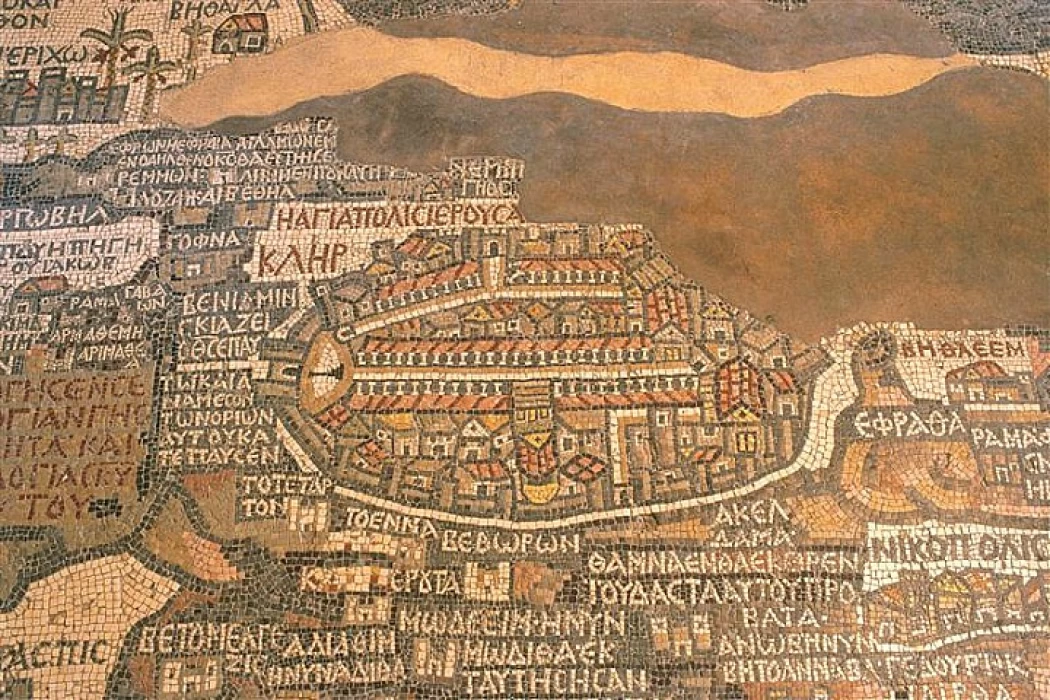
The best historical monuments in Madaba
Madaba
A banquet on the plains of history in Jordan, a vibrant city that combines the ingenuity of ancient history with the spirit of modern vitality. A banquet known as the "mosaic city", it invites visitors to experience a journey through a cultural fabric that reveals at every step a wonderful mosaic and tales from previous times.
This city dates back to the Iron Age (1200-1160) BC which shows that the city's history dates back to the Iron Age that a tomb was discovered near the hill dating back to that era. In the twelfth century B.C., it was the banquet of the city of Moabiya until it was seized and burned by the Ameris. He then ruled a banquet in the ninth century B.C. King Misha, who made Thaiban his capital, expelling invaders and restoring cities.
The town of Madaba is ancient, with a long history, which was mentioned in the Torah around 1300 BC. And in the Bible as the favourable city. It then became the banquet of the Ameri town between liar and reckoning and was mentioned on the inconvenient stone obelisk set up by the apostate King Misha of 850 BC. The Omanis inhabited this city in about 100 BC. They then settled there, stayed in it for a long time and were then occupied by the Romans, who landed in a rural town like Jerash.
It reached the height of its prosperity during the Byzantine State, and it also discovered some maternal monuments. The Bedouin tribes of Anbat infiltrated looking for pastures of their livestock, settled in a banquet, built and built the city, traded, formed a kingdom and made Petra its capital.
When the region came under the rule of Alexander the Great, Syria enjoyed Greek civilization and the neighbouring country was affected by that civilization and the "ten cities" emerged. The Christian religion was spread in Madaba in the Byzantine period following Roman times. Madaba City has many archaeological and religious sites that Christian tourists are keen to visit when they come to Jordan as one of the monuments that accompanied the emergence of Christ's call for peace 20 centuries ago.
The most prominent of these relics, the Burning Palace, the Martyrs' Church, the Church of the Virgin, the Hippolytes Hall, are decorated with photographs and exquisite mosaic paintings. The Jordanian government has paid special attention to it, and has rehabilitated it for its attraction of religious and historical tourism in Jordan, where thousands of tourists annually head to Madaba City for immortal relics.














